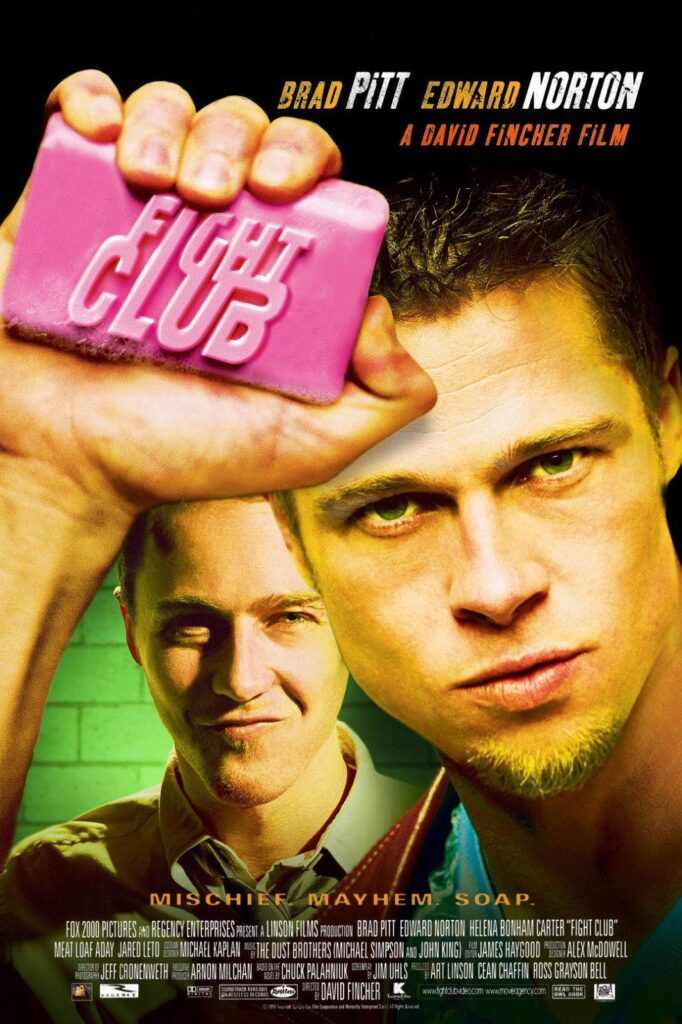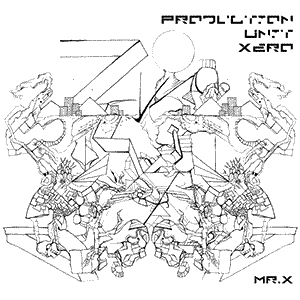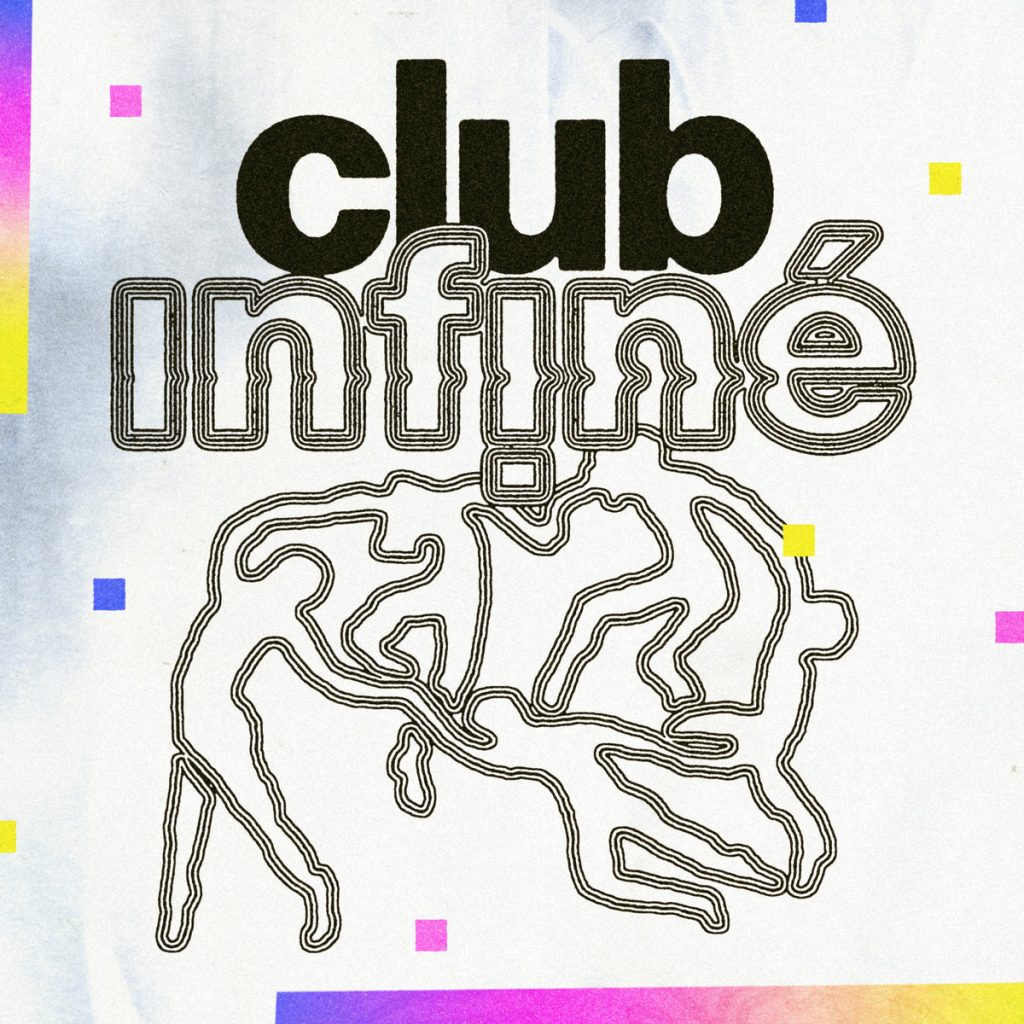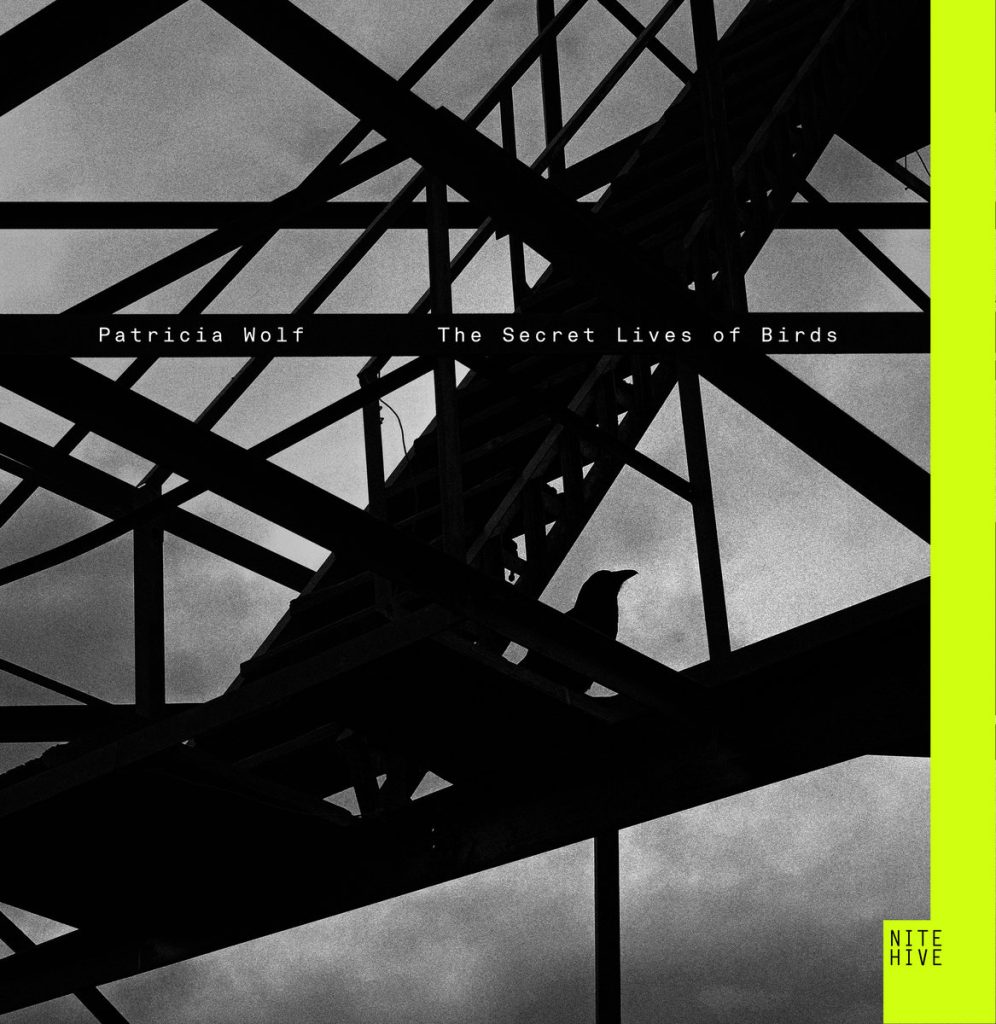Fight Club OST (1999) – Film Soundtrack Review

Unraveling the Sonic Tapestry of “Fight Club”: The Dust Brothers’ Experimental Odyssey
In 1999, David Fincher’s “Fight Club” emerged as a cinematic juggernaut, a film that not only dissected modern disillusionment but also became a cultural touchstone for a generation grappling with identity, consumerism, and the shackles of societal expectations. Integral to its visceral impact was its soundtrack, crafted by The Dust Brothers, a duo whose innovative approach to music production mirrored the film’s anarchic spirit. This article delves into the experimental essence of The Dust Brothers’ work on “Fight Club,” exploring how their sonic contributions amplify the film’s themes and endure as a landmark in film scoring.
The Dust Brothers: Architects of Sound
The Dust Brothers, comprising Michael Simpson and John King, were no strangers to pushing musical boundaries. Known for their sample-based music and work on the Beastie Boys’ “Paul’s Boutique,” their foray into “Fight Club” represented a departure from conventional scoring, offering instead a soundscape as multifaceted and provocative as the film itself.
A Soundtrack Without Borders
What sets the “Fight Club” soundtrack apart is its seamless blend of genres, textures, and sonic palettes. The Dust Brothers employed an array of experimental techniques, from sampling television commercials and infomercials to manipulating organic sounds and integrating them with electronic beats. This approach not only served to underscore the film’s commentary on consumer culture but also mirrored its chaotic energy and deep-seated tension.
Crafting the Film’s Auditory Identity
The soundtrack’s opening track, “Who Is Tyler Durden?” sets the tone with its amalgamation of whispered dialogue, atmospheric pads, and a driving beat, encapsulating the film’s themes of duality and the search for identity. It’s a prime example of how The Dust Brothers used music to delve into the protagonist’s psyche, making the soundtrack an essential narrative component rather than mere accompaniment.
Tracks like “Homework” and “What Is Fight Club?” utilize industrial sounds and aggressive rhythms, reflecting the raw, unfiltered nature of the fight scenes and the underground movement they spawn. Conversely, “Marla” and “Space Monkeys” employ a more subdued, almost hypnotic approach, highlighting the film’s moments of introspection and the complex relationships at its core.
The Role of Sampling
Sampling, a hallmark of The Dust Brothers’ style, is used throughout the soundtrack to great effect. By incorporating snippets of dialogue, ambient sounds, and elements from an eclectic mix of music genres, they created a collage that mirrors the film’s critique of a society oversaturated by media and consumer products. This technique not only reinforces the narrative’s themes but also challenges the listener to discern between the myriad layers of sound, mirroring the film’s invitation to look beyond surface appearances.
Sonic Experimentation as Narrative Device
One of the most experimental aspects of the soundtrack is its use of non-musical elements to drive the narrative forward. The Dust Brothers crafted unique auditory experiences that blur the line between music and diegetic sound, creating a seamless auditory experience that pulls the viewer deeper into the film’s universe. This innovative use of sound effectively blurs the boundaries between the film’s reality and Tyler Durden’s anarchic philosophy.
Innovative Integration with Visuals
The synchronization of music with the film’s visuals is another area where The Dust Brothers’ experimental approach shines. Their ability to match the rhythm and pace of the soundtrack with the editing and cinematography enhances the immersive experience of “Fight Club,” making the music an integral part of the film’s storytelling language.
Lasting Influence
The soundtrack of “Fight Club” by The Dust Brothers stands as a testament to the power of music to enhance and elevate cinematic storytelling. Their experimental techniques and innovative use of sound have left an indelible mark on film scoring, inspiring a generation of musicians and composers to explore the possibilities of sound in film.
In crafting the “Fight Club” soundtrack, The Dust Brothers ventured into uncharted musical territory, creating a work that defies easy categorization. Their soundtrack is not just heard but experienced, a labyrinthine journey into the heart of the film’s dark themes. It’s a vivid reminder of the potential for music to transcend traditional boundaries and become a vital, living element of cinematic art.
The “Fight Club” soundtrack remains a compelling exploration of experimental music’s capacity to convey complex emotions and ideas. Through their innovative approach, The Dust Brothers have not only defined the auditory landscape of one of the most influential films of the late 20th century but have also showcased the boundless potential of sound to shape our understanding of narrative and character. As we delve into the layers of their creation, we uncover not just a soundtrack but a rich, sonic world that continues to resonate and inspire.




